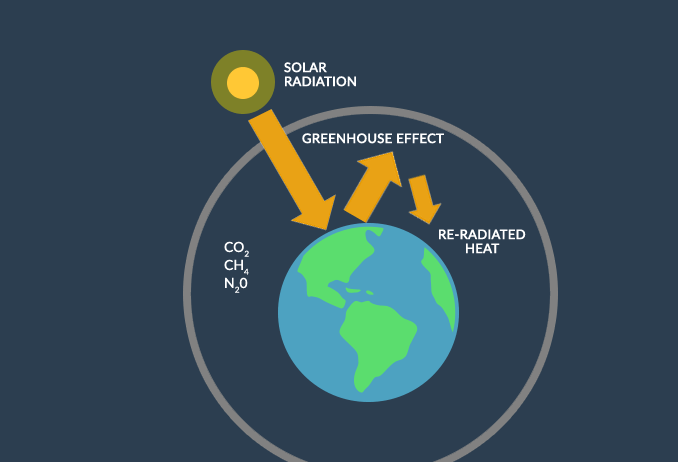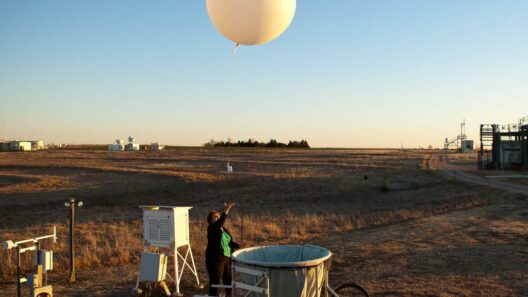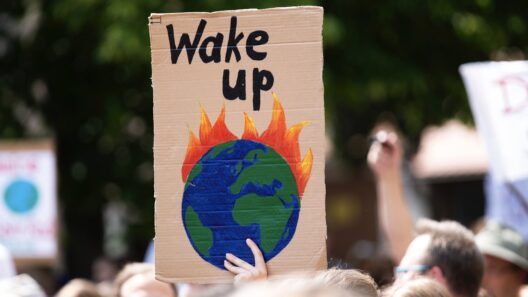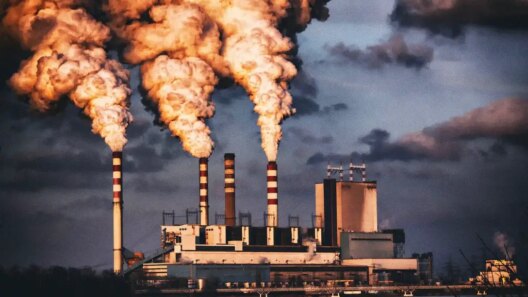The Greenhouse Effect: Understanding the Blanket That Warms Our Earth
The concept of the greenhouse effect is pivotal in comprehending the dynamics of Earth’s climate system. It serves as a natural phenomenon, acting as a thermal insulator that keeps our planet warm enough to sustain life. However, as we delve deeper into this subject, we begin to unearth its intricate mechanisms, the balance it maintains, and the repercussions of its disruption.
At its core, the greenhouse effect hinges on the interaction between solar radiation, the Earth’s surface, and the atmosphere. Sunlight reaches our planet primarily in the form of visible light, along with ultraviolet and infrared radiation. When this energy strikes the Earth, a portion is absorbed, warming the surface, while the rest is reflected back into space. However, this reflected energy is not lost to the cosmos. Instead, certain gases in our atmosphere—collectively termed greenhouse gases (GHGs)—absorb and re-radiate heat, a process vital for maintaining a habitable climate.
Among these gases, carbon dioxide (CO2), methane (CH4), nitrous oxide (N2O), and water vapor play significant roles. Each of these gases has a distinct capacity to trap heat, with methane being significantly more effective than carbon dioxide, although it is present in much smaller quantities. This differential efficacy in heat retention indicates why even small increases in concentrations of potent GHGs can lead to substantial warming.
Consider the ramifications of an enhanced greenhouse effect. Accelerated industrial activity, deforestation, and rampant fossil fuel consumption have led to an unprecedented rise in GHG concentrations. This anthropogenic contribution is responsible for the alarming shift in global temperatures. The results are tangible: melting ice caps, rising sea levels, and increasingly erratic weather patterns. These changes pose dire threats to both biodiversity and human existence.
It is imperative to understand that not all greenhouse gases are a product of human activity. Natural events, such as volcanic eruptions, also release GHGs. However, the current crisis is chiefly attributable to human actions, signaling a need for critical introspection and advocacy for sustainable practices. If left unchecked, the greenhouse effect could escalate into a feedback loop, where the consequences of climate change further exacerbate GHG emissions.
Temperature rises forge pathways to a myriad of environmental upheavals. Ecosystems that have thrived for millennia face imminent danger as species struggle to adapt. Coral reefs, often dubbed the “rainforests of the sea,” are particularly vulnerable. As ocean temperatures rise, coral bleaching events become more frequent. This not only endangers coral species but also disrupts the wide range of marine life dependent on these ecosystems.
One must also consider the social and economic impacts. Agriculture, already a delicate balancing act, is increasingly jeopardized. Crop yields may diminish in face of irregular precipitation patterns and escalating heat, threatening food security. Additionally, vulnerable communities, often least responsible for climate change, bear the brunt of its consequences. Displacement from rising sea levels and extreme weather events complicates existing social inequalities, igniting further humanitarian crises.
Can we turn the tide? The good news is that the mechanisms of the greenhouse effect can be mitigated. Renewable energy sources—solar, wind, and hydro—present formidable alternatives to fossil fuels. Through investment in these technologies, societies can drastically reduce their GHG emissions while fostering economic growth. Transitioning toward energy efficiency and sustainable practices is not just an ethical stance; it is a pragmatic necessity for preserving life on Earth.
Public visibility and education surrounding the greenhouse effect are crucial in catalyzing this paradigm shift. Understanding the delicate equilibrium maintained by the greenhouse effect awakens a sense of responsibility in individuals and communities. By adopting more sustainable habits, such as reducing meat consumption, minimizing waste, and supporting green initiatives, individuals can contribute to a larger collective effort aimed at combating climate change.
Incorporating policy changes also plays a pivotal role. Governments worldwide must prioritize climate action into their agendas, adopting stringent regulations on emissions, incentivizing sustainable business practices, and investing in research for innovative climate solutions. International cooperation is essential as climate change respects no borders. Agreements such as the Paris Accord exemplify a global recognition of the urgency to curb GHG emissions.
As awareness grows, a cultural shift emerges. The youth, in particular, are leading the charge in advocating for climate action. Their passionate resolve to challenge the status quo fosters a new generation of environmental stewards. Community-led initiatives, educational programs, and grassroots movements amplify this call for urgency, emphasizing that every action, no matter how small, contributes to the overarching goal: a sustainable future.
To conclude, the greenhouse effect, often viewed through a narrow lens of warmth, reveals a complex tapestry of interactions that truly dictates our planet’s climate. By comprehending this phenomenon, from its natural workings to the anthropogenic influences that exacerbate it, one unveils the duality of its potential as both a life-giving force and a harbinger of catastrophe. Igniting curiosity and fostering a shift in perspective are paramount in the global endeavor to ensure the health of our planet’s climate for generations to come.






